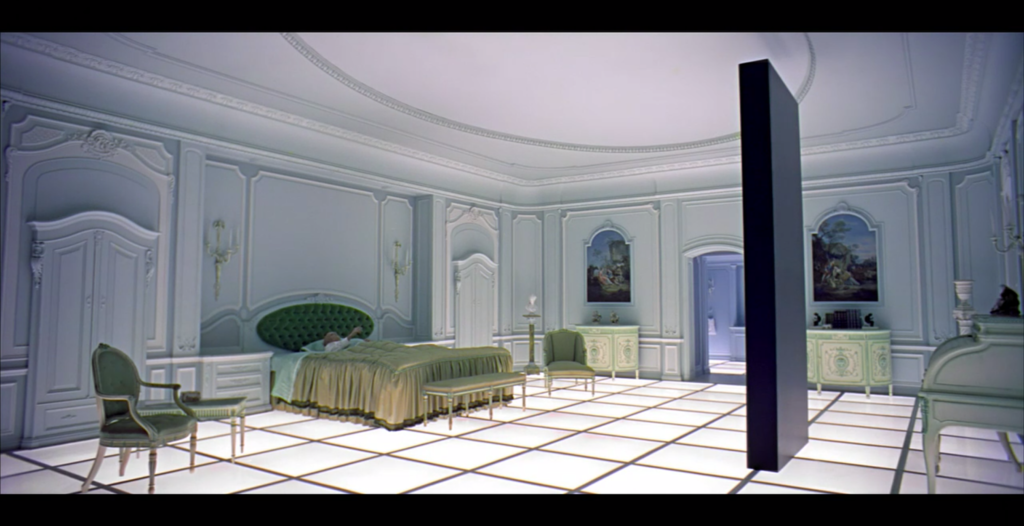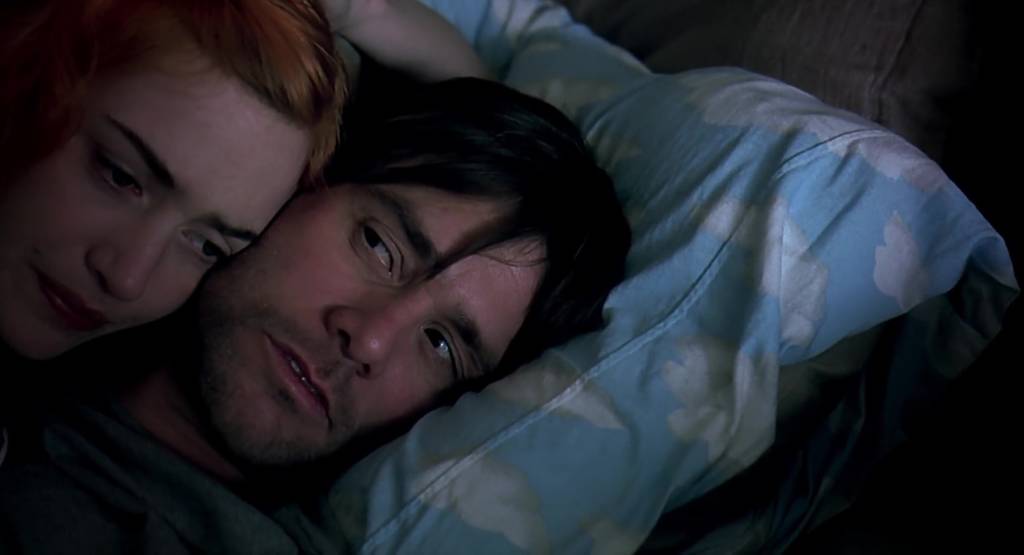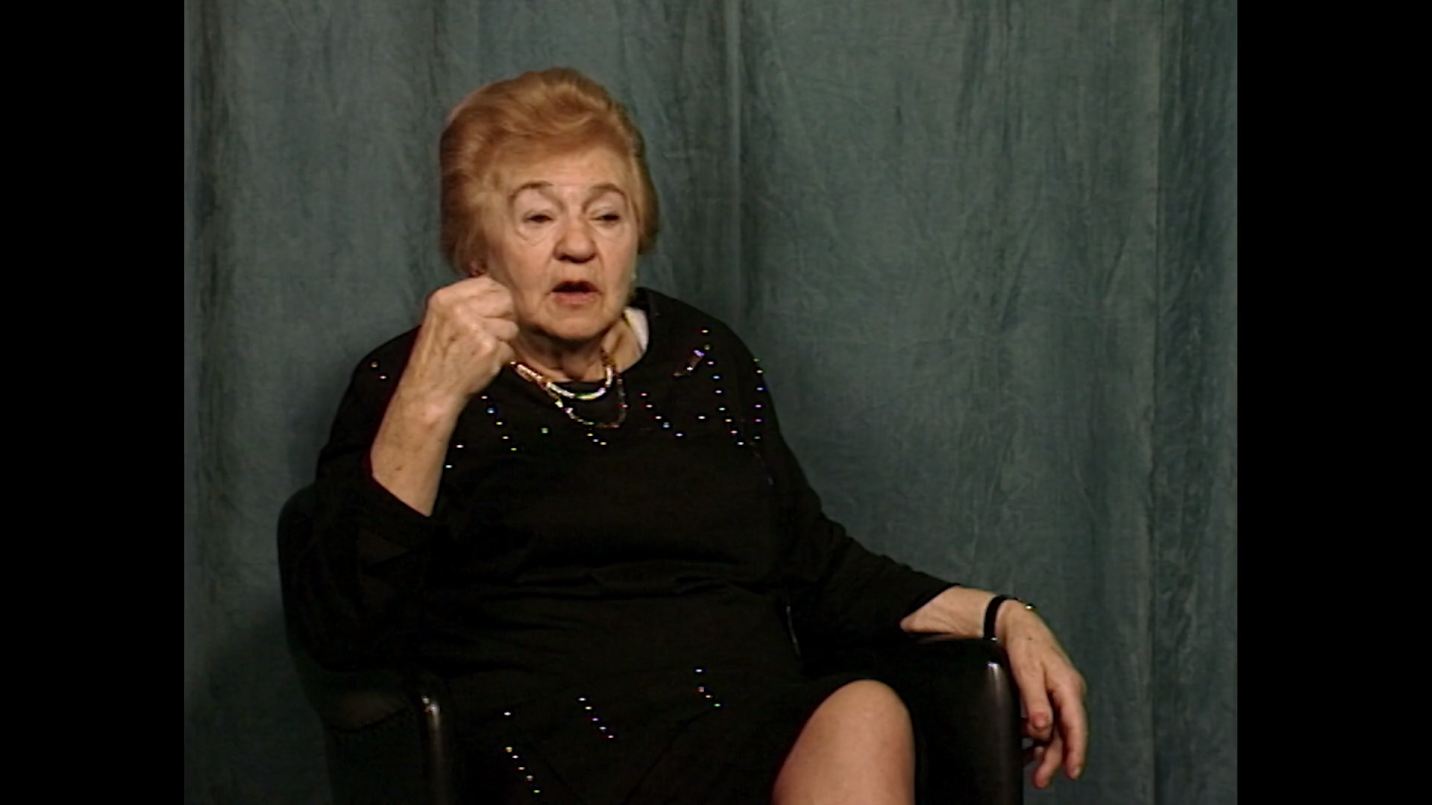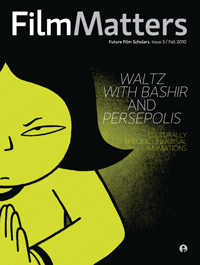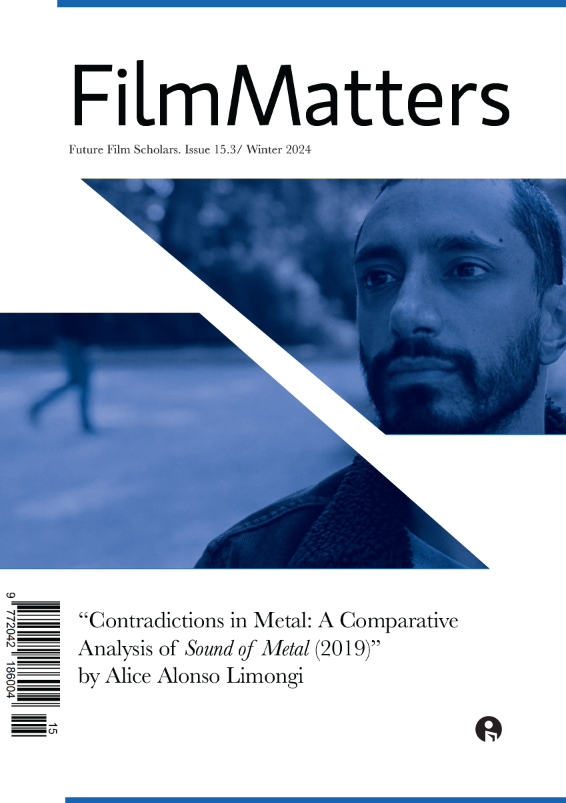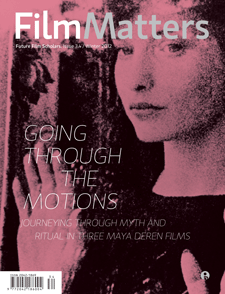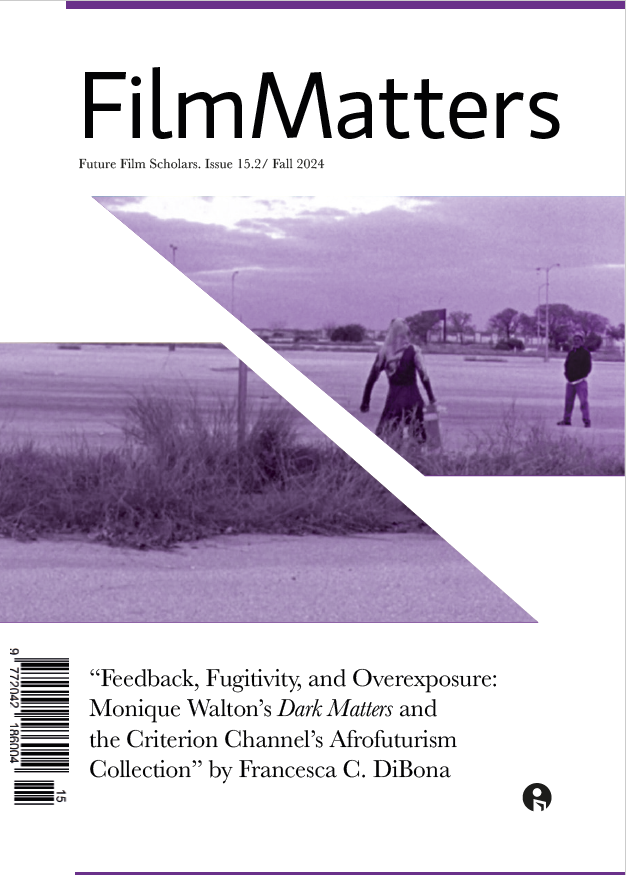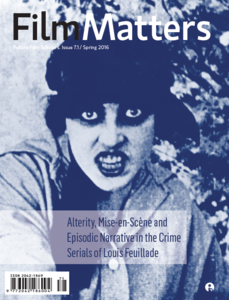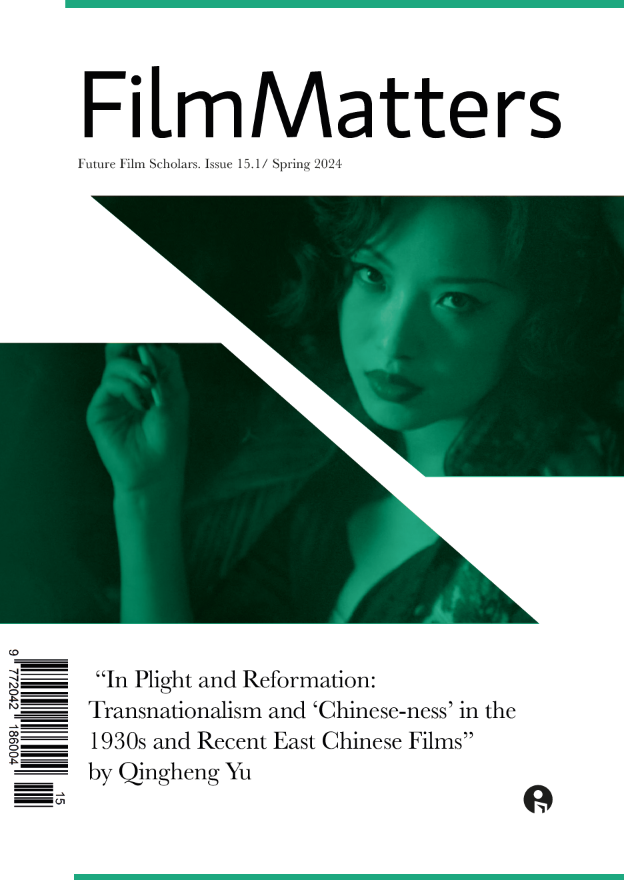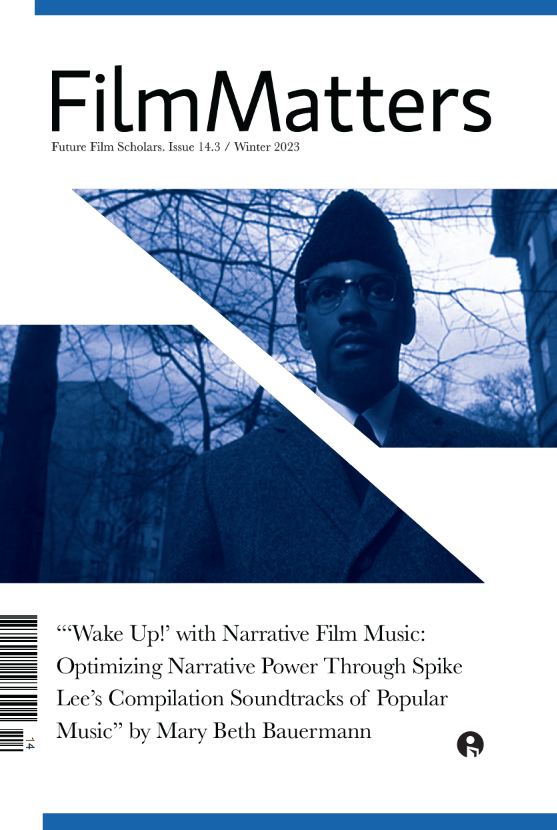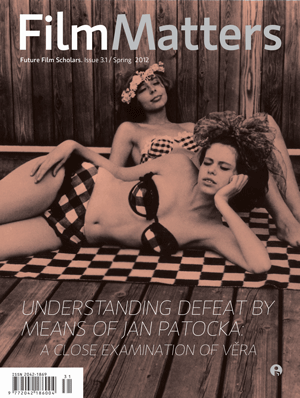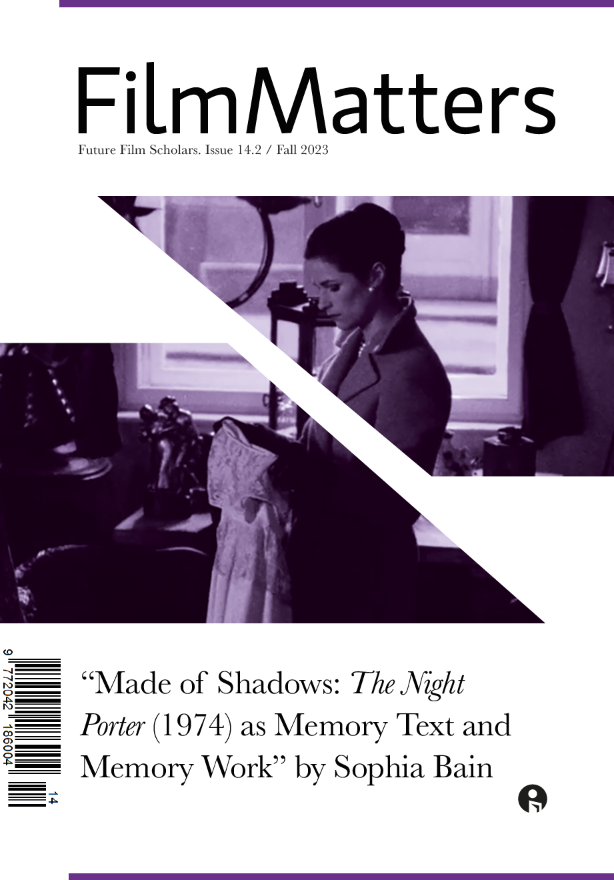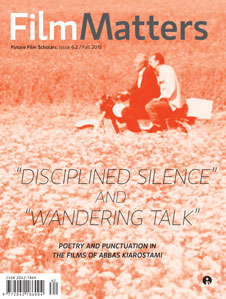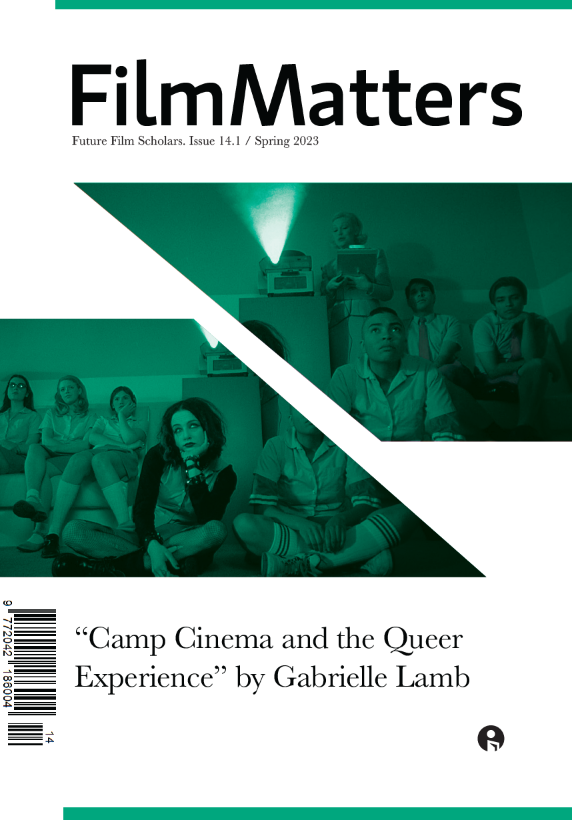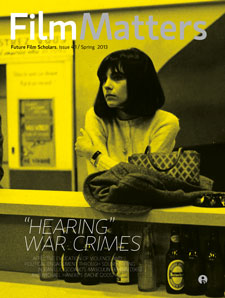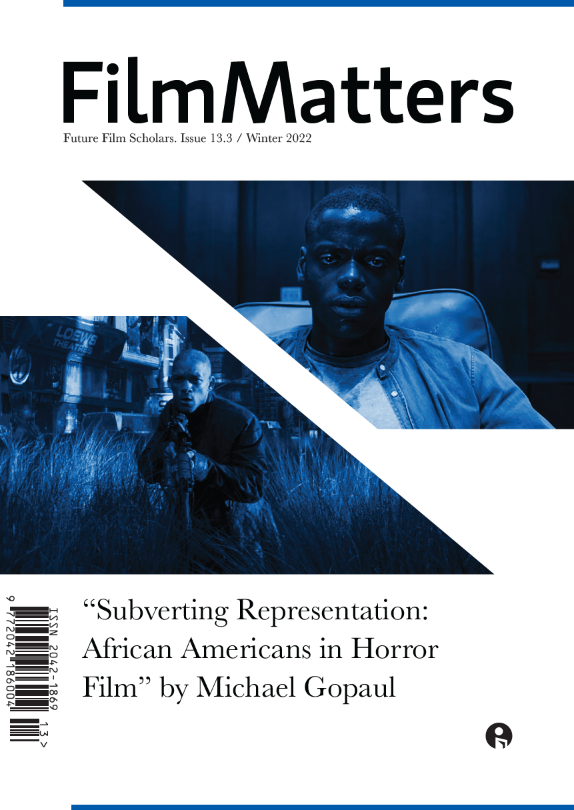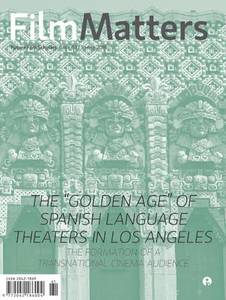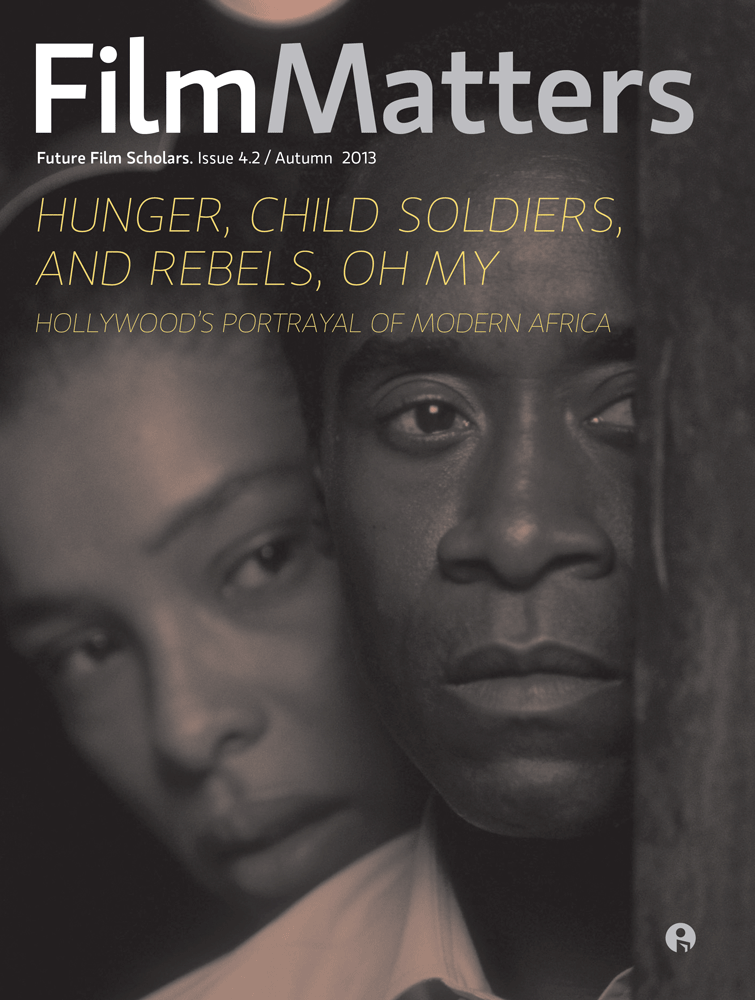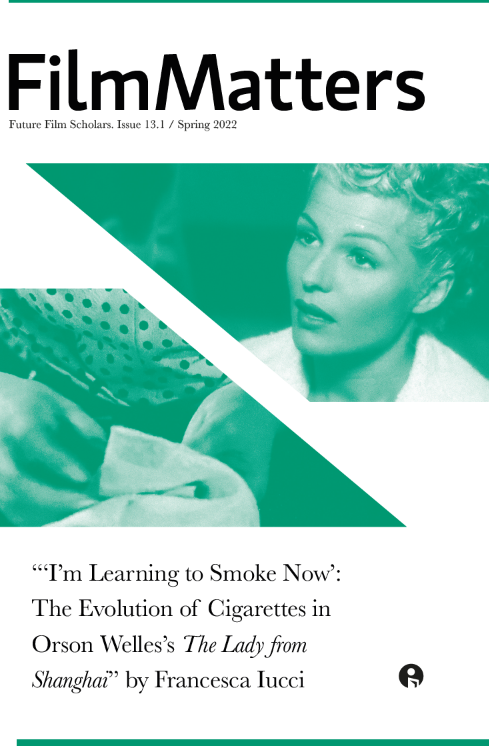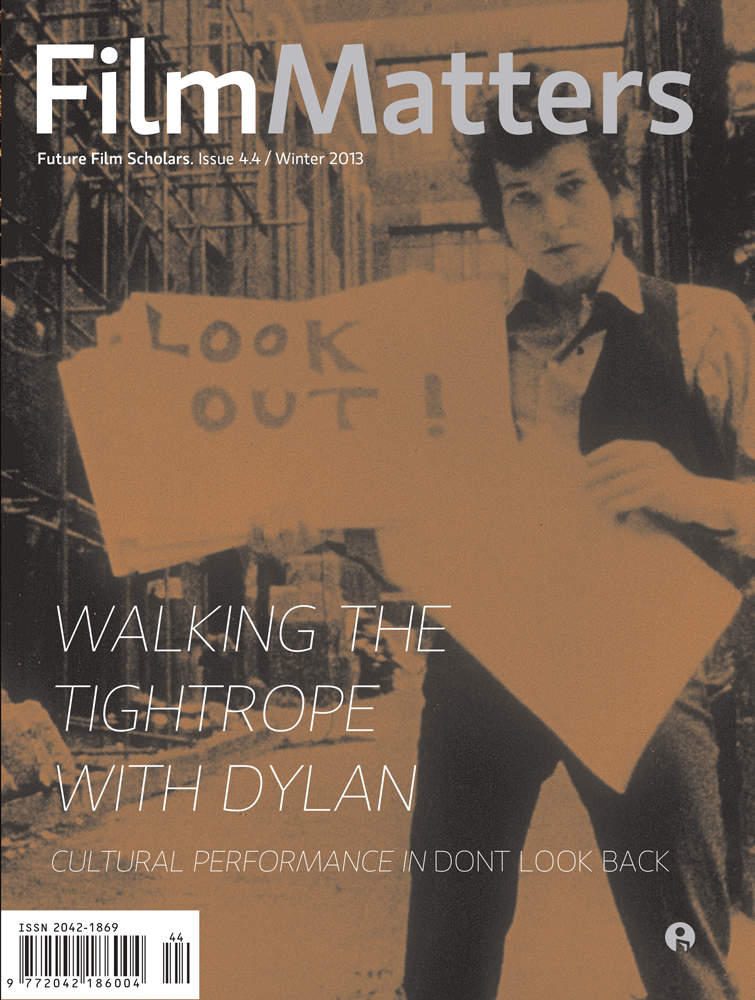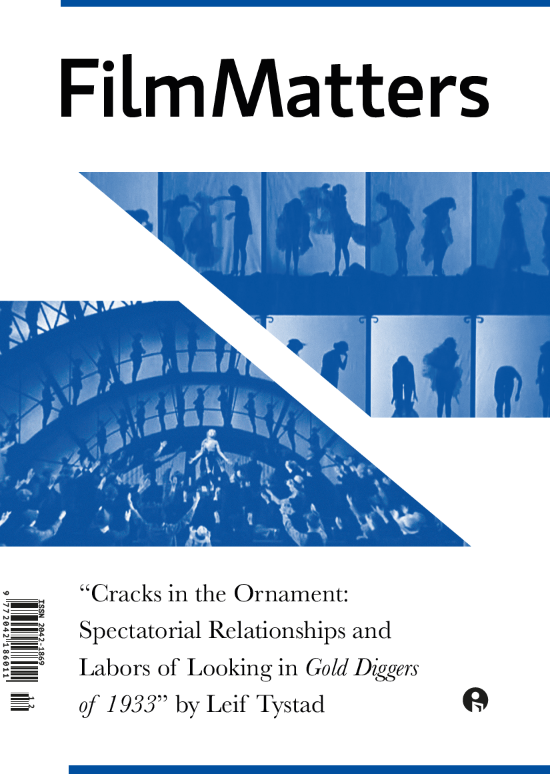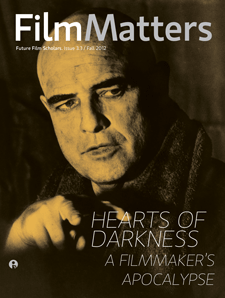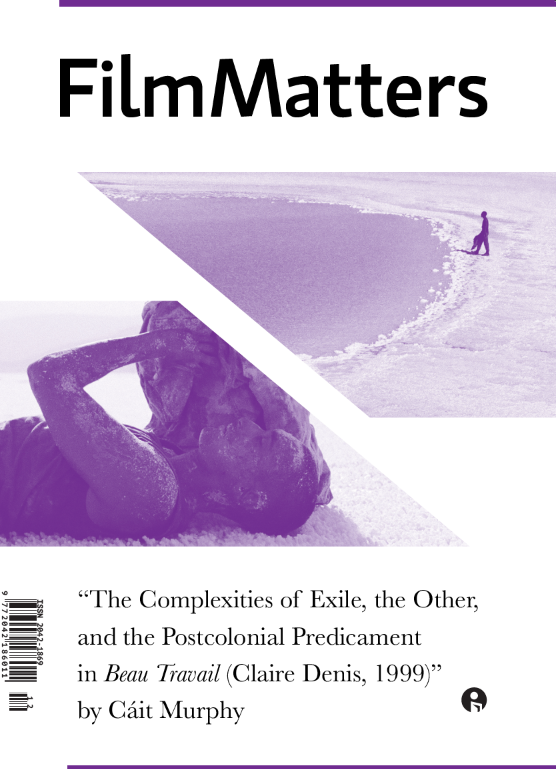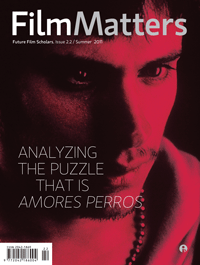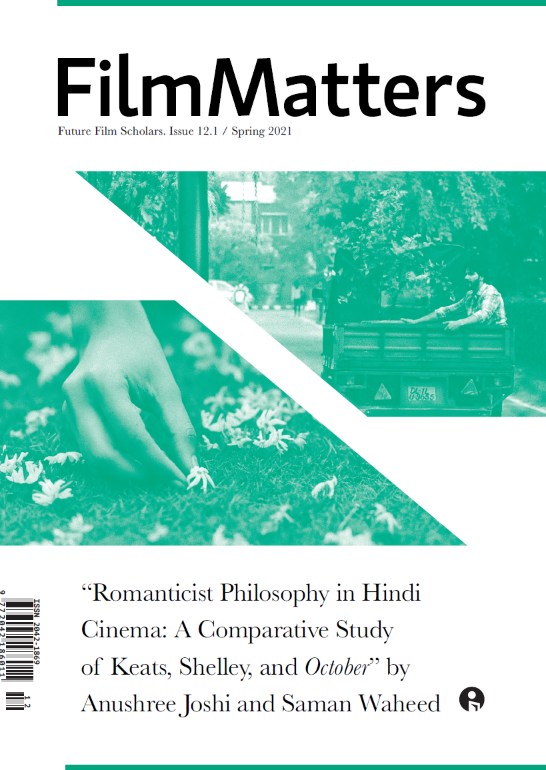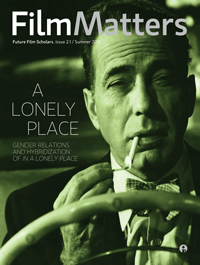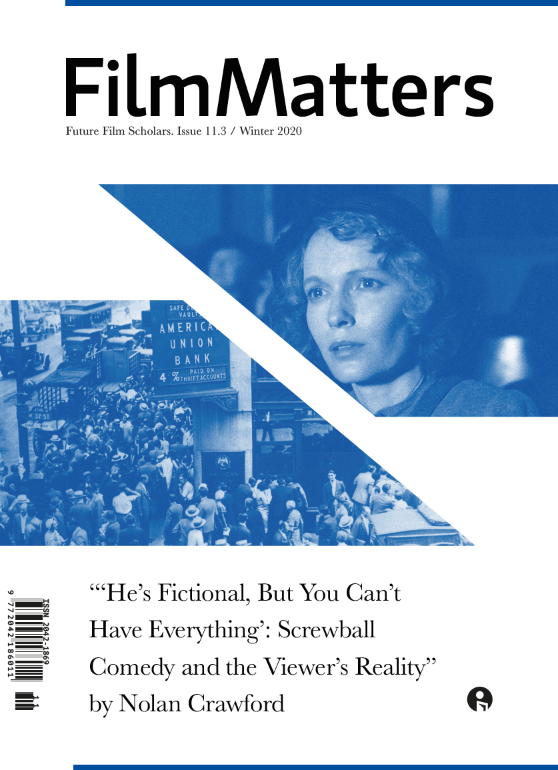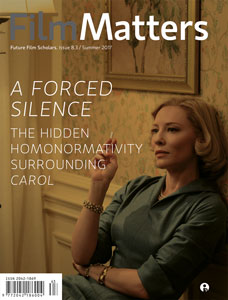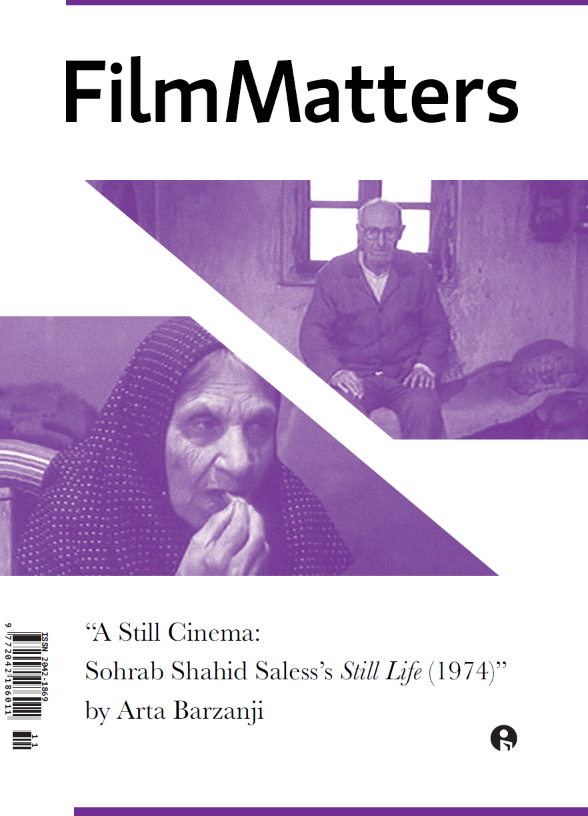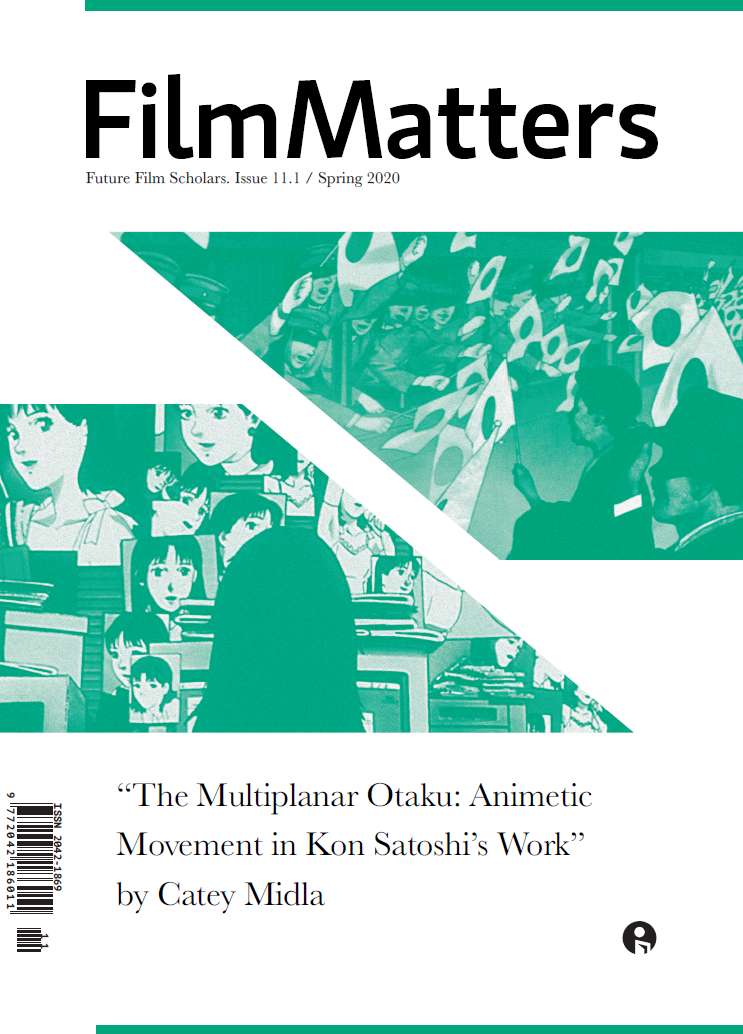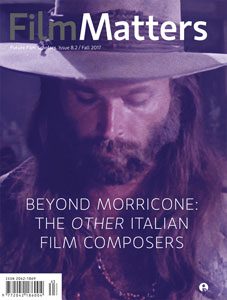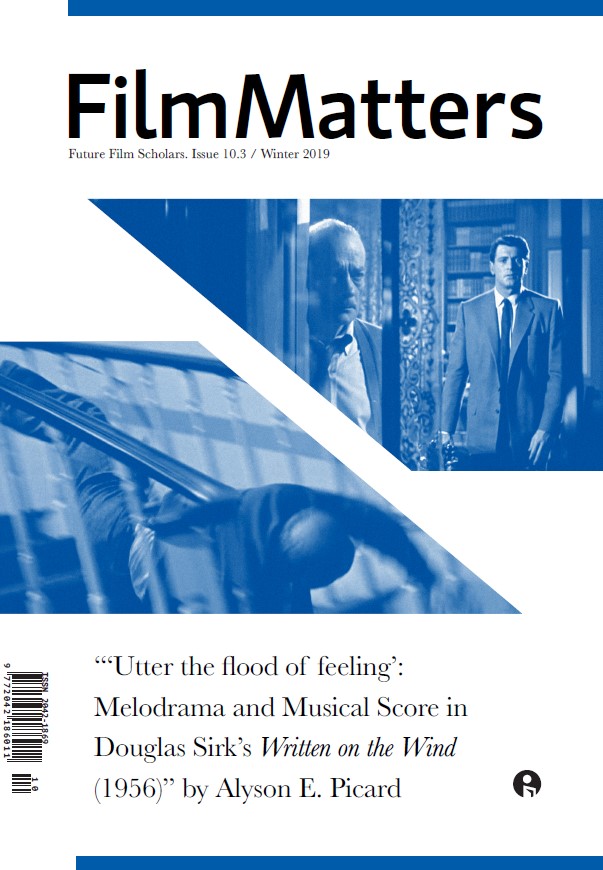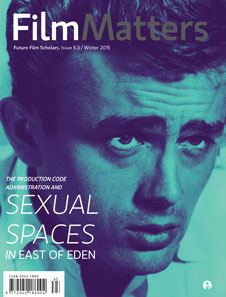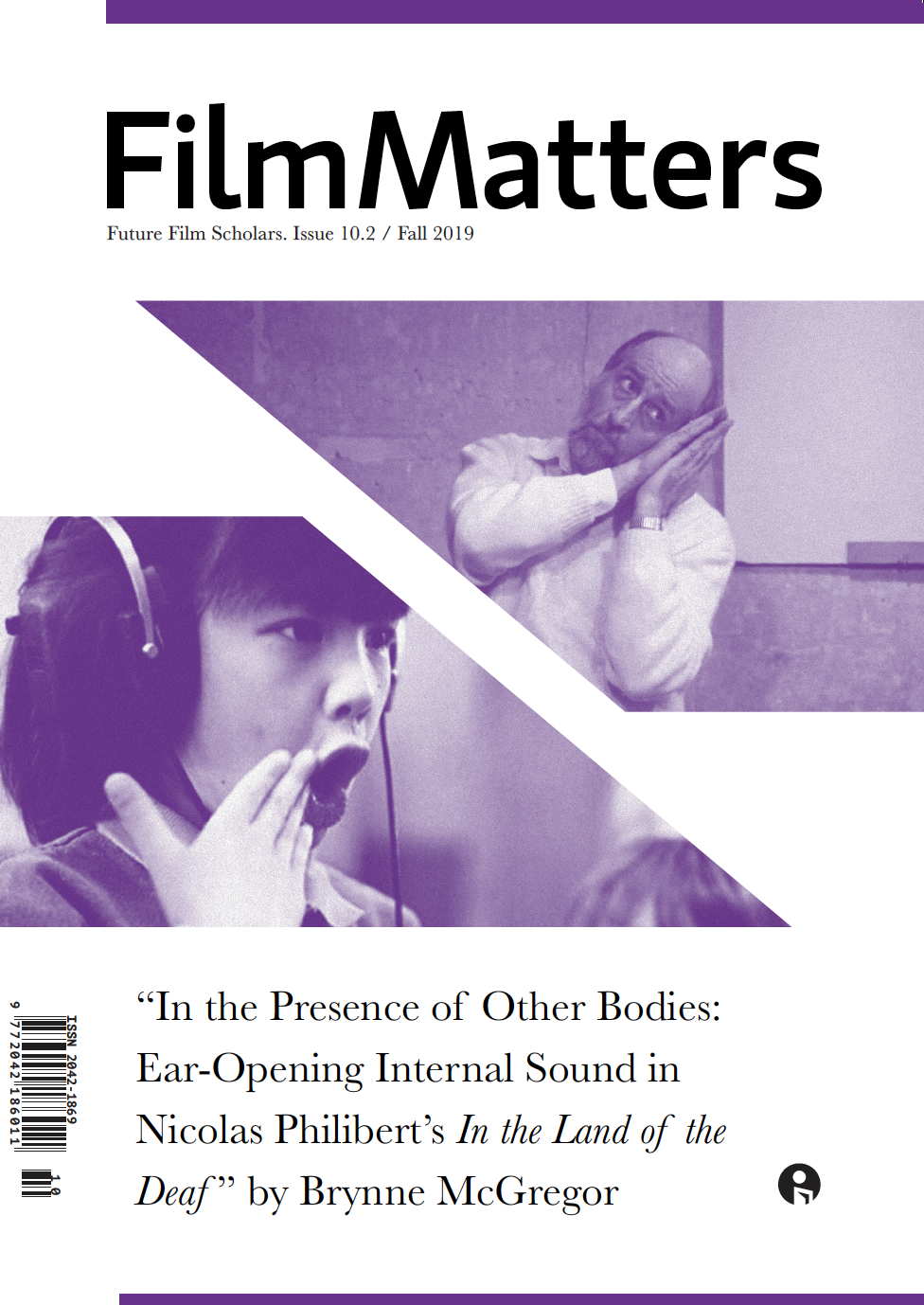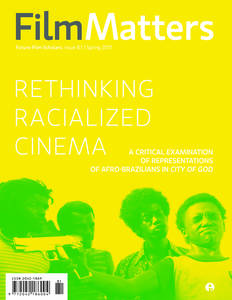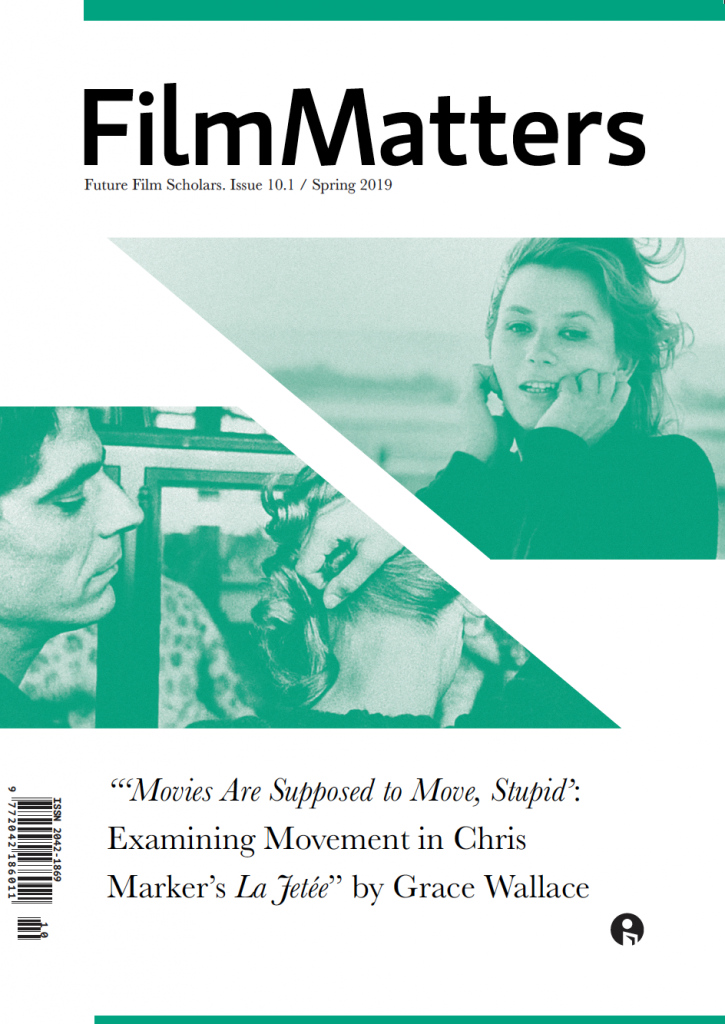
Maryla Michalowski-Dyamant, Serena Dykman’s grandmother, in Nana (Dyamant Pictures, 2016). Vimeo
“Never again,” the phrase associated with the Holocaust, is a reminder of the value of memory. The Holocaust memory is increasingly important in society today as survivors pass away and intolerance continues to exist. Many dedicated their postwar lives to preserving the Holocaust memory by sharing their stories with younger generations. One such individual was Maryla Michalowski-Dyamant, an Auschwitz survivor and activist for tolerance. Maryla’s greatest wish was to prevent the Holocaust from ever being forgotten or repeated. Her granddaughter, Serena Dykman, carries on her grandmother’s legacy with her latest film Nana, a transgenerational documentary that tells her grandmother’s Auschwitz survival story and shares her stance against intolerance, racism, and antisemitism (Nana: A Film).
Serena Dykman’s documentary is not just a depiction of the life and work of an extraordinary woman, Maryla Michalowski-Dyamant; it is also a strong call to action. Maryla’s retelling of her experiences on screen is so “stunning in their transparency and absolutely heartbreaking to watch” (Propes) that viewers have become inspired and motivated to continue her fight against intolerance (Nana: A Film). As Serena traces her own journey of discovering her grandmother’s life story in Nana, she overcomes the challenges of making her call to action relevant to younger generations and continuing her grandmother’s work in the wake of political acts of violence such as the 2014 attack on the Jewish Museum in Brussels and the Charlie Hebdo attacks in Paris (“Impact in Profile”). Nana won several well-deserved festival awards including the Madelyn’s Choice Award at the Rocky Mountain Women’s Film Festival, the Best of Show Award at Chagrin Docs Without Borders Film Festival, and the Mira Nair Award for Rising Female Filmmaker at the Harlem International Film Festival, among many others. Its theatrical premiere occurred recently on April 13 in New York (Nana: A Film).
Because of my interest in social justice documentaries, I wanted to interview Serena Dykman about the making of Nana. After watching the film, I recently interviewed Serena via email. Her responses to the following questions continue to highlight the importance of the film and its message of tolerance.
Ashley Spillane: Tell us about your film, Nana.
Serena Dykman: I retrace my grandmother’s Auschwitz survival story, and investigate how her lifelong fight against intolerance can continue to be taught to the new generations, against the backdrop of current events.
Maryla Michalowski-Dyamant, born in Poland, survived Ravensbruck, Malchow, and Auschwitz, where she was the forced translator of the “Angel of Death,” Dr. Mengele. She dedicated her postwar life to publicly speaking of her survival to the young generations, so that it would never be forgotten or repeated. Alice Michalowski and I, her daughter and granddaughter, explore how Maryla’s fight against intolerance can continue today, in a world where survivors are disappearing, and intolerance, racism and antisemitism are on the rise. Continue reading →

